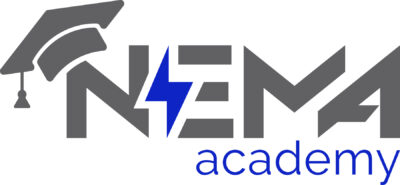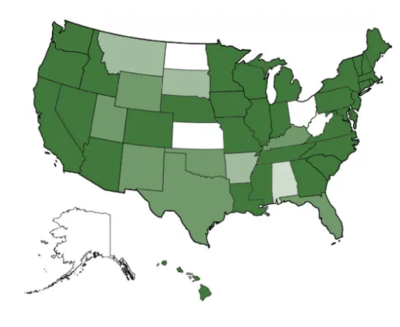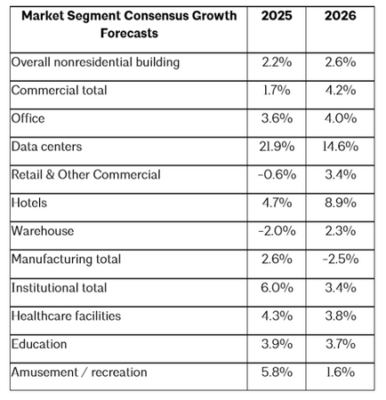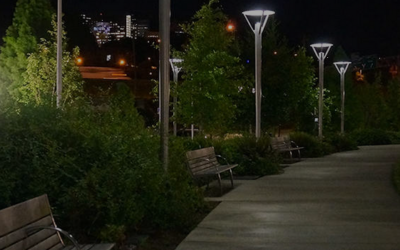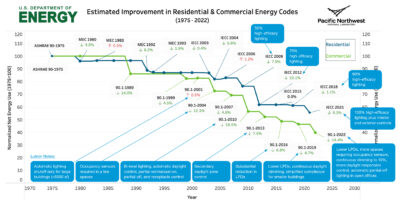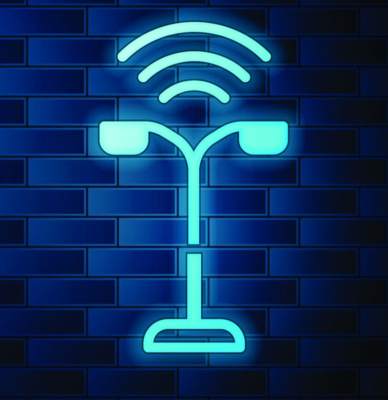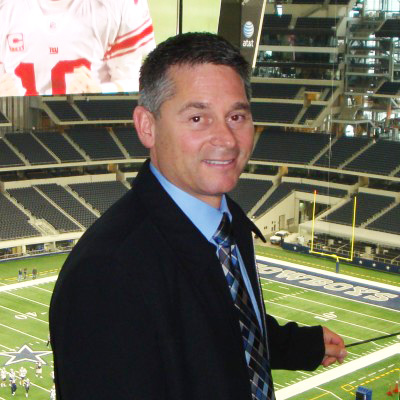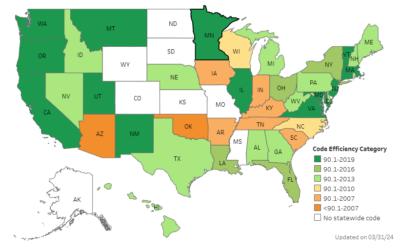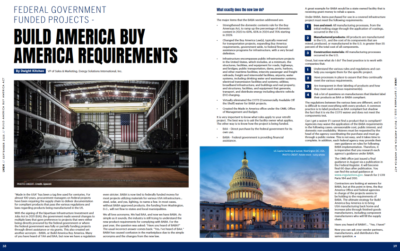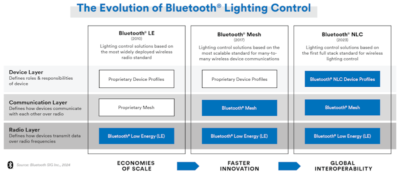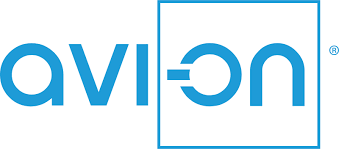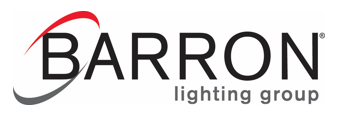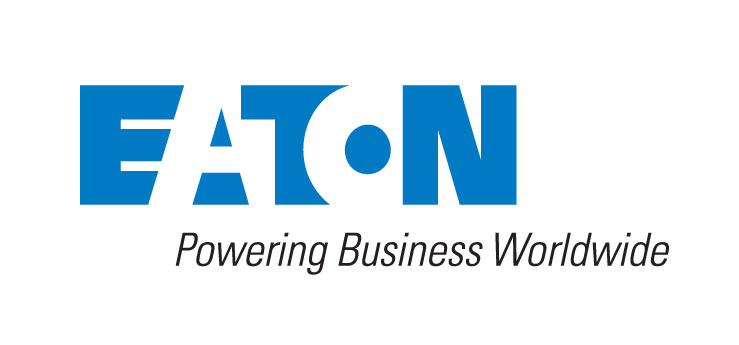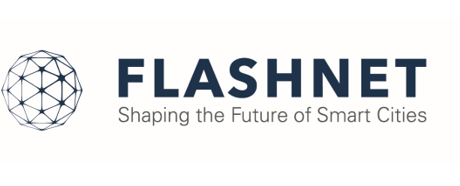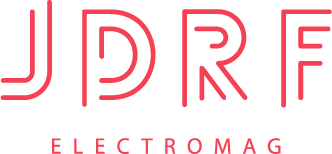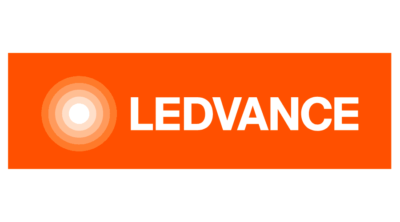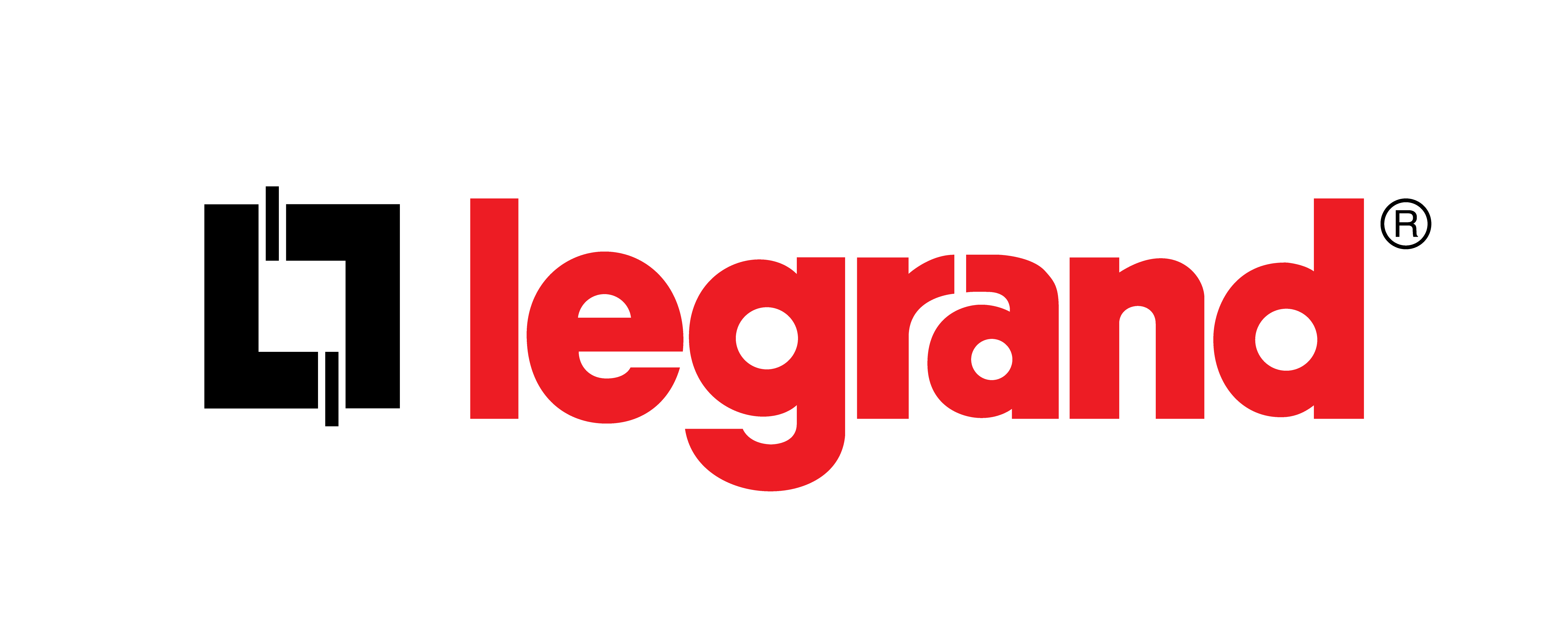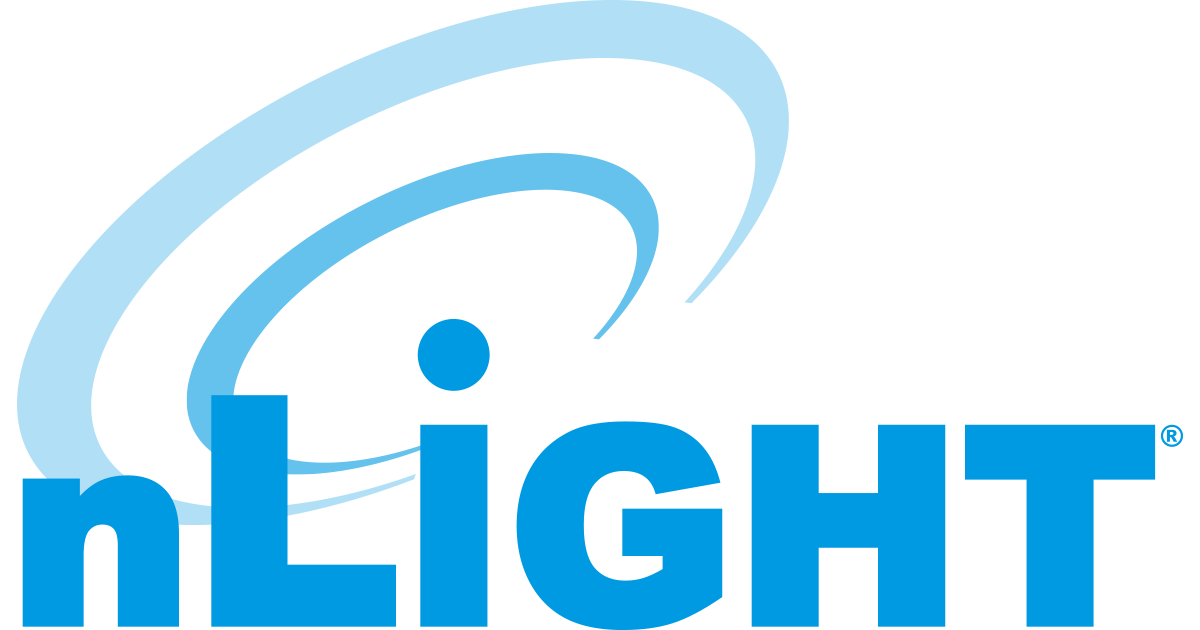As lighting control systems become more sophisticated to satisfy increasingly stringent energy codes and evolving project demands, clear documentation has become even more essential. To address this need, the Lighting Controls Academy developed Design Express.
The primary legacy source for general lighting in most school spaces is fluorescent. These can be replaced by LED products for 20 to 60 percent energy savings, greater longevity, controllability, and improved quality of light. A lighting upgrade is the ideal time to install advanced lighting controls to enhance energy savings and flexibility in light levels and color.
In the world of building projects, the Control Intent Narrative (CIN) and Sequence of Operations (SOO) have long been essential and elusive. They define how a lighting control system will function, but too often they arrive late in the process (or not at all), are inconsistent from one project to the next, and are misaligned with energy codes or industry standards. The Lighting Controls Academy set out to change this dynamic with a new resource: Design Express.
In this guest post by Current’s Scott Ziegenfus, he talks about the lighting trends that faded and the ones still going strong.
Commercial building energy codes regulate the design of nonresidential buildings to minimize energy consumption. While the majority of U.S. states adopt model codes and standards, the State of California developed its own code: Title 24, Part 6 of the state’s Building Standards Code. The latest version was released in 2025 and will take effect January 1, 2026.
“The future of commercial lighting is wireless,” writes Lutron’s Chris Udall. “As control systems evolve, smart wireless solutions are redefining what’s possible.”
As the market for replacing traditional light sources with LED becomes more challenging, a new market is developing around upgrade of early-generation LED installations. This presents an opportunity to achieve greater energy savings, enhance lighting quality, and integrate advanced lighting controls. Supported by a small number of new commercial lighting rebates that are likely to expand in availability, this trend appears certain to grow.
If you are new to the world of networked lighting controls (NLCs), how do you figure out which solution may be the best for your project among the vast number of control solutions available? There are certain things you can think about to help narrow your search for a system that will meet your needs.
In February 2025, the DesignLights Consortium (DLC) released a new resource to facilitate integration between networked lighting controls (NLC) and heating, ventilation, and air-conditioning (HVAC) systems. The NLC-HVAC Integration Toolkit includes tools and guidance applicable to new and existing construction projects. The toolkit’s goal is to support maximized energy savings with integration by ensuring clear project team communication.
Networked lighting control systems play a crucial role in optimizing lighting energy use, enhancing occupant comfort, and interacting with building automation systems (BAS). However, simply installing a lighting control system does not guarantee it will function as intended. This is where a startup comes into play.
For 25 years, the Lighting Controls Association, a council of NEMA, has educated the building industry about lighting control technology and application, notably through its Education Express courses. We are proud to announce that starting May 1, 2025, the Education Express curriculum will be incorporated into a new learning management system, NEMA Academy.
Dominic Pritham, R&D Manager, Cooper Lighting Solutions evaluates the evolution of sensors and the potential of camera-based sensing for IoT systems.
Synapse Wireless has announced the launch of the Combo Sensor Controller (CSEN1), an all-in-one device designed for both outdoor and indoor lighting applications. Compact and durable, the CSEN1 integrates wireless communication, motion and light sensors, and advanced fixture control into a single streamlined package.
The Lighting Controls Association is proud to announce the latest offerings in lighting controls from industry-leading manufacturers in this year’s annual product guide. Check them out!
The commercial lighting rebate outlook is strong for 2025, with rebates widely available and covering all popular categories of LED lighting and lighting controls. As LED adoption enters what may be the late majority phase, rebate programs are under pressure to deliver energy savings in a more challenging market, resulting in bonus programs and the first signs of stronger promotion of lighting controls.
With the growing strain on the electric utilities driven by electric vehicle charging, electrification of heating, and energy-intensive technologies like AI and cryptocurrency mining, managing energy efficiently has never been more critical. Automated Demand Response (ADR) paired with advanced lighting controls offers a proactive solution to this challenge. By leveraging lighting control devices to reduce lighting at certain times, organizations can facilitate dynamic adjustments to energy consumption, helping to ensure utility grid stability while optimizing building performance.
Whether you use traditional lighting control devices or newer systems such as networked lighting controls (NLCs), you have to communicate and document how you want those devices or systems to behave. This documentation should include a Control Intent Narrative and Sequence of Operations.
While major construction indicators ended the year as a mixed bag of caution and optimism, the AIA Construction Consensus Forecast Panel forecasted that nonresidential construction spending will slow to 2.2% growth in 2025 and 2.6% in 2026.
Saving energy while reducing skyglow, light trespass, and glare, lighting controls have emerged as a critical component of responsible outdoor lighting. In this article, we’ll make the case.
The National Electrical Manufacturers Association (NEMA) recently announced the publication of a ANSI/NEMA c137.10, a standard that NEMA says will support more resilient and connected infrastructure and cities.
Craig DiLouie recently talked to Stephen Zhou, Executive Vice President, mwConnect about the company, its history and products, and its vision for the lighting controls industry.
In August 2024, the International Code Council published the 2024 version of the IECC, which has been updated every three years since 2000. As with previous iterations of the IECC, this new version reduces lighting power allowances, expands mandatory controls requirements, and issues clarifications.
In a recent article by Michael Jouaneh, Manager of Sustainability and Energy Standards for Lutron Electronics, he lays out the current state of adoption of commercial building energy codes and how they relate to lighting controls, with some interesting projections for the future.

Smart dashboards enable facility managers to view energy consumption, identify equipment faults, and analyze other data produced by the control system for information-rich insights. Image courtesy of Lutron Electronics.
As lighting control becomes more robust and easier to apply, today’s electrical distributor has extraordinary choice in servicing new construction projects and enhancing lighting upgrades. Manufacturers point to top trends including greater networked controls interoperability, systems integration, powerful digital LED drivers, wireless control, and growing application of control as a tool to enhance the occupant experience.
Based on EE105: Lighting Control System Design, a new course in the Lighting Controls Association’s Education Express program, this article provides detailed information about designing an effective lighting control solution.
In Part 3 of this series on how to design a lighting control system, we will discuss installation and post-occupancy. You will learn about bidding, responding to questions from installers, reviewing submittals and defending your design, following-through with the installation of the equipment, functional testing, training essential staff, and ultimately ensuring the owner is satisfied.
As LED lighting adoption increases, organizations focused on saving energy are looking more and more to lighting controls as the next frontier for maximizing energy savings and decarbonization. Selecting Lighting Control Systems, a publication by PNNL for the DOE, sheds light on the process of designing solutions that both align with project objectives and are clearly documented. PNNL developed this publication in response to research finding that success with lighting controls can maximized by adhering to industry best practices. The result is a straightforward 20-page guide, with additional resources listed ranging from IES lighting practices ANSI/IES-LP-6 and ANSI/IES-LP-16 to the Lighting Controls Association.
In an article recently published by LD+A, Mark Duffy, chair of the Zhaga Consortium General Assembly, which develops specifications for luminaire interfaces and interoperable components, describes the transformative potential of the Zhaga-D4i partnership for smart outdoor lighting.
In this article, Gary Meshberg, Market Development Specialist, Building Control Systems for Legrand North America and Chair of the Lighting Controls Association, describes the growing opportunity for integration between lighting control and other building systems, notably the BAS.
It’s an LED world now; traditional sources are just living in it. The next frontier of energy savings lies in bringing the lighting controls revolution to mainstream adoption in existing buildings via best practices.
Craig DiLouie, LC, CLCP recently had the pleasure of interviewing David Buerer, Director of Product Management for Controls, Leviton for an upcoming article about lighting control trends for tED Magazine, the official publication of the NAED. Here’s the transcript.
Craig DiLouie, LC, CLCP recently had the pleasure of interviewing Brendon Van Campen, Senior Sales Director, Lutron Electronics, for an article about lighting control trends for an upcoming article to be published in tED Magazine, the official publication of the NAED. Here’s the transcript.
The Pacific Northwest National Laboratory (PNNL) has published a concise and informative guide to help designers and project managers select the most cost-effective and energy-efficient lighting and control systems, including lessons learned from evaluations conducted in federal buildings.
Craig DiLouie, LC, CLCP recently had the pleasure of interviewing Stephen Zhou, Executive Vice President, mwConnect, for an upcoming article about lighting control trends for tED Magazine, the official publication of the NAED. Here’s the transcript.
Craig DiLouie, LC, CLCP recently had the pleasure of interviewing Trevor Palmer, President, Acuity Brands Lighting and Controls, about indoor lighting trends for an upcoming article in tED Magazine, the official publication of the NAED. Here’s the transcript.
In March 2024, the U.S. Department of Energy (DOE) determined that the 2022 version of ASHRAE/ANSI/IES 90.1, Energy Efficiency Standard for Buildings Except Low-Rise Residential Buildings, saves energy over the 2019 version. As such, this standard became recognized as the new national energy reference standard.
While prescriptive lighting rebates have significantly promoted adoption of energy-efficient lighting and controls, the custom rebate option offers a potentially highly lucrative path, particularly in projects with advanced lighting controls.
“Being in the lighting and controls industry for the past 27 years, I’ve internalized to a high degree that there are few constants,” writes mwConnect’s Blane Goettle in this guest post. “One is change, and the other, that the more things change, the greater the need for connection.”
Enacted as part of the Infrastructure Investment and Jobs Act on November 15, 2021, The Build America Buy America Act, or BABA, established a domestic content procurement preference for all infrastructure projects receiving Federal financial assistance after May 14, 2022.
In September 2023, the Bluetooth Special Interest Group (SIG) released Bluetooth® NLC, a series of specifications that define roles and responsibilities for common lighting control devices. Bluetooth NLC builds on wireless standards Bluetooth Low Energy (LE) and Bluetooth Mesh to provide full-stack standardization. By ensuring true multivendor interoperability across the control system, the Bluetooth SIG believes this will enable mass adoption of wireless networked lighting controls in commercial buildings, including small and medium-sized as well as large buildings.
NYControlled: Avi-On’s Joe McGrath Talks Lockdown Mode
10/24/2025At NYControlled, the EdisonReport’s Randy Reid interviewed Joe McGrath, Sales Director East Coast for Avi-On, about the company’s new feature called Lockdown Mode.
The Lighting Controls Podcast: Gary Meshberg and Harold Jepsen Talk New CIN/SOO Tool
09/12/2025In this episode of The Lighting Controls Podcast sponsored by MaxLite, hosts C. Webster Marsh and Ron Kuzmar interview Gary Meshberg, Chair of the Lighting Controls Academy, and Legrand’s Harold Jepsen, Vice Chair of the NEMA Lighting Controls Technical Section about the evolving world of lighting controls and a groundbreaking new Control Intent Narrative/Sequence of Operations Tool offered by the Lighting Controls Academy.
LCA TV: EmerLite™ by LiteTrace
09/08/2025This educational video, produced by the Lighting Controls Association at the 2025 LEDucation event in New York City, introduces LiteTrace’s EmerLite™, a wireless platform revolutionizing emergency lighting compliance for commercial facilities.
LCA TV: Athena Lighting Control System by Lutron Electronics
08/13/2025This educational video, produced by the Lighting Controls Association at the 2025 LEDucation event in New York City, introduces Lutron’s Athena lighting control system.
LCA TV: Wattstopper i3 Platform by Legrand
08/11/2025This educational video, produced by the Lighting Controls Association at the 2025 LEDucation event in New York City, introduces Legrand’s Wattstopper i3 Platform, a next-generation lighting and building intelligence solution powered by KODE Labs.
LCA TV: IR -TEC America’s Bluetooth Programming for Sensors
07/29/2025This educational video, produced by the Lighting Controls Association at the 2025 LEDucation event in New York City, introduces IR-TEC America’s Bluetooth programming capability for the company’s sensors.
LCA TV: Autonomy Lighting System by JDRF Electromag
07/23/2025In this educational video, produced by the Lighting Controls Association at the 2025 LEDucation event in New York City, Ray Dableh, CEO of JDRF Electromag, demonstrates the company’s Autonomy Lighting System, a self-configuring luminaire-level lighting control (LLLC) system.
LCA TV: NX Lighting Controls by Current
07/21/2025This educational video, produced by the Lighting Controls Association at the 2025 LEDucation event in New York City, introduces new products in Current’s NX Lighting Controls line–including NX Site Manager, an intuitive and easy-to-use GUI providing real-time programming and management.











